What is the tolerance range of precision screws?
What is the tolerance range of precision screws?
Service Hotline
+86760-8787 8587We have more than ten years of experience in the production of screw industry, the main products are: pin GB882 screw, extension screw, fine pitch hex nut, square flat washer, furniture connector screw, fixed pin pin, internal and external thread stud, round head inner Hexagon screws, Phillips flat head screws, knock-on lock rivets, knock-on iron flat head rivets, galvanized European standard diamond nuts, GB5789 bolts, shrapnel ball nut blocks, A-grade hexagon bolts, chassis motherboard circuit board studs and other fasteners , Due to the different materials and specifications of the products, the prices are also different, if necessary, please contact us.


The production process of rivet nuts is basically similar to that of other screws. It's just that the screws are punched out with a screw pier, and the nuts are punched out with a nut pier. Introduce the production process of rivet nuts. 1. First, it is necessary to determine what material and material the rivet nut is, so that we can use what material to produce and what material to use. Knowing what materials and materials are used, we can buy screw wires. 2. Determine the size and length of the rivet nut. This is the best way to use a large screw wire. 3. After determining the material, material, size and type, we need to see if it is a commonly used rivet nut. If so, there must be a corresponding mold in the factory. If not, it is non-standard, then we have to order molds. 4. After everything is ready for production, it is necessary to use the nut machine to punch out the shape of the rivet nut, that is, the appearance. 5. After the pier is punched out, use the machine for tapping the nut teeth to tap it. 6. After the thread is tapped, electroplating is performed. The stainless steel rivet nut does not need electroplating, it only needs to be cleaned. If you want to electroplate other colors, you have to take it to a professional electroplating manufacturer for electroplating treatment.
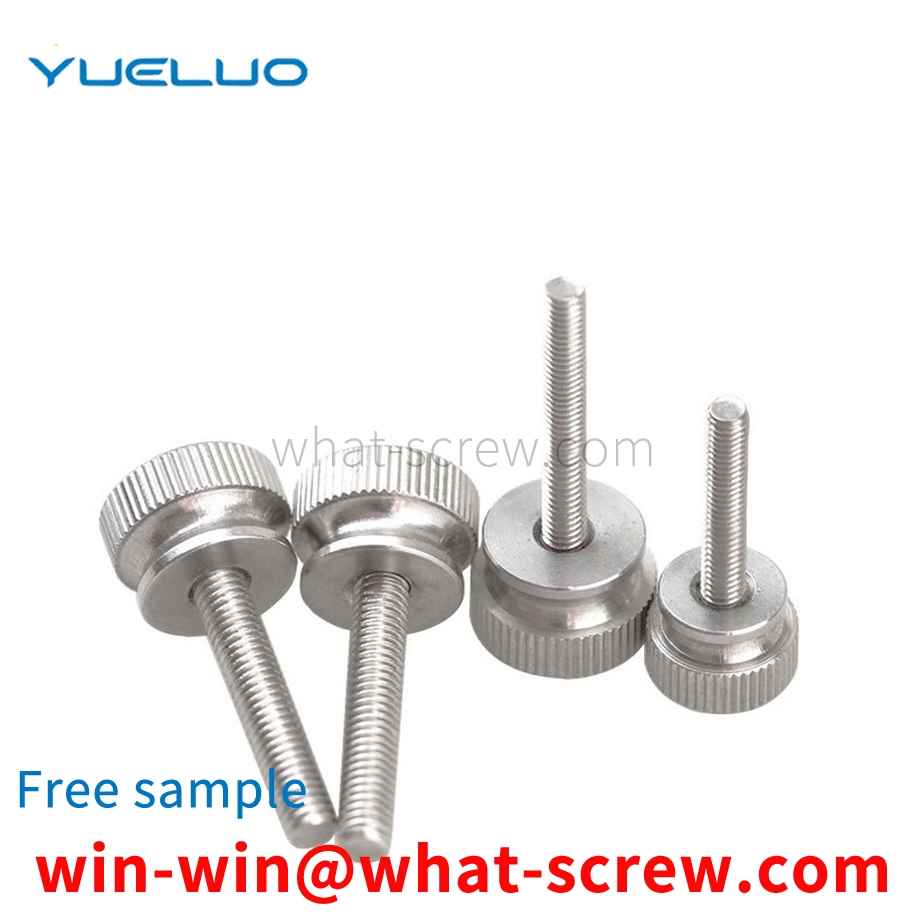
To sum up, the chip nut provided by Guangdong Yueluo Hardware Industry Co., Ltd. has a circle of serrated teeth 1011 protruding outwardly on the edge of the welding end face 101. During welding, the excess solder overflows and flows to the periphery. In the gap between the serrated teeth 1011, on the one hand, the solder on the welding end face 101 can be made uniform, so as to ensure that the welded chip nut is neat and beautiful; The welding area is increased, and the firmness and reliability of the welding are improved.
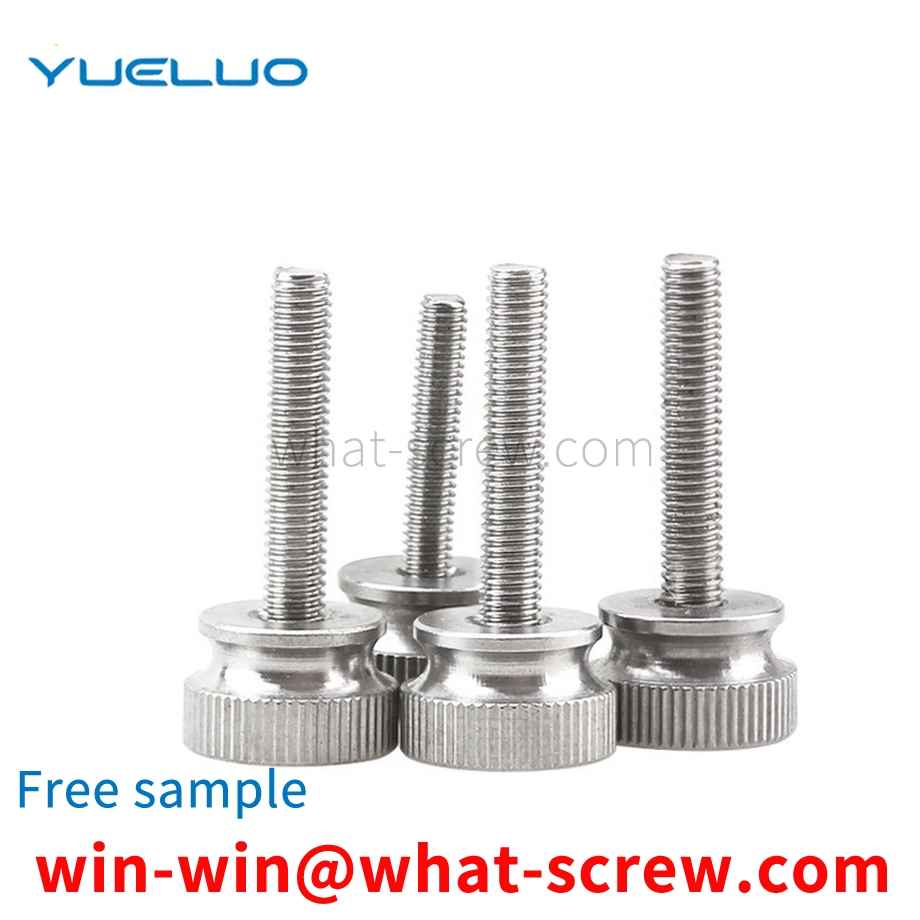
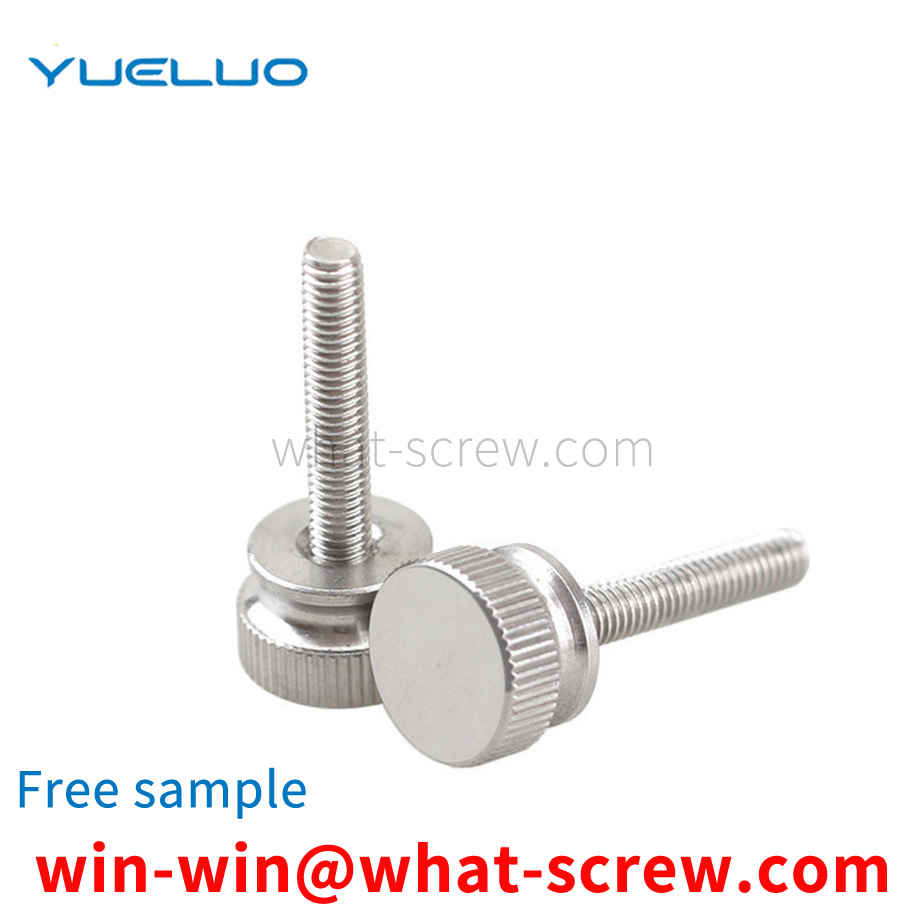
The semicircular key is a kind of key, the upper surface is a plane, the lower surface is a semicircular arc surface, the two sides are parallel, commonly known as the crescent key. It is basically the same as the flat key connection method, but it is more convenient to manufacture and disassemble than the flat key, and is especially suitable for the connection between the tapered shaft and the hub. The half-round key transmits torque on the side, but the keyway is deep, which weakens the shaft greatly. Due to the deep keyway, the bottom of the keyway is easily deformed after the shaft is heat treated. Therefore, when the semicircular key and the keyway are assembled in a transitional fit relationship, the interference between the lower part of the semicircular key and the bottom of the keyway often occurs, resulting in difficult or impossible assembly. Assembly situation. In order to solve the above technical problems, the current method is to make the thickness of the semicircular key appropriately thin, so that the semicircular key and the keyway are clearance fit, which brings about a large gap between the upper part of the semicircular key and the keyway, and the semicircular key is in operation. Difficult to locate in the keyway, affecting smooth transmission.
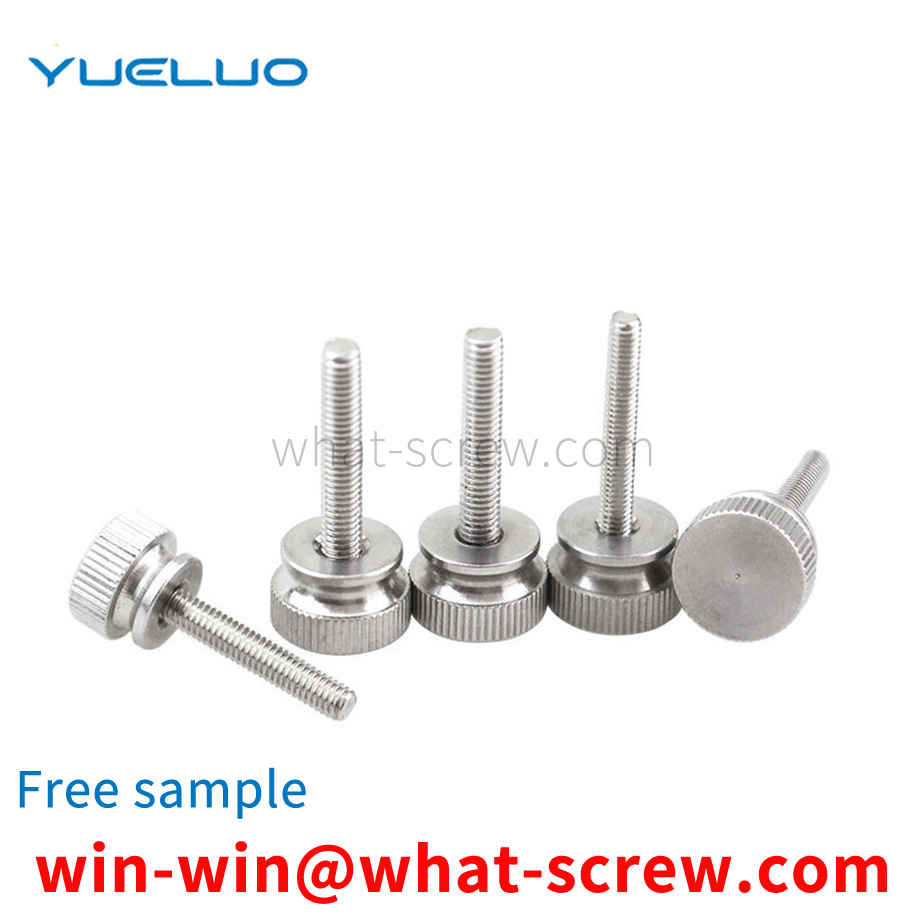
The Greek mathematician Arkutas once described the principle of screw, screw, screw. In the first century AD, the Mediterranean world had begun to use wood screws, screws, and screws in screw presses that could press olive oil from olives, or make wine from grapes. Before the fifteenth century, metal screws, screws, screws were rarely used as fasteners in Europe. Rybczynski (Rybczynski) proves that hand-held screwdrivers and screwdrivers existed in the Middle Ages (at the latest AD 1580), but it was not until the eighteenth century that threaded fasteners were commercialized and began to be widely used. . Before threaded fasteners were widely used, there were many different ways of tightening. Mostly related to woodworking and forging, and less to machining, concepts such as dowels and pins, wedges, tenon and tenon, dovetails, nails, forge welding, and others are tied with leather or fiber and tied together. Before the mid-nineteenth century, ships were built with cotter pins, pin bolts, or rivets. There were also adhesives, but not as many as they are here today. Metal screws, screws, and screws became commonly used fasteners after the use of machine tools in the 18th century to mass-produce screws, screws, and screws. This technology developed around the 1760s and 1770s, along two separate processes. Approaches, but quickly converged: wood screws, screws, screws (metal screws for wood fixing, screws, screws) are machined with single-purpose, high-yield machines, and low-volume, mold shop style production V-Thread Machine Screws, Screws, Screws, can choose from a variety of different pitches.
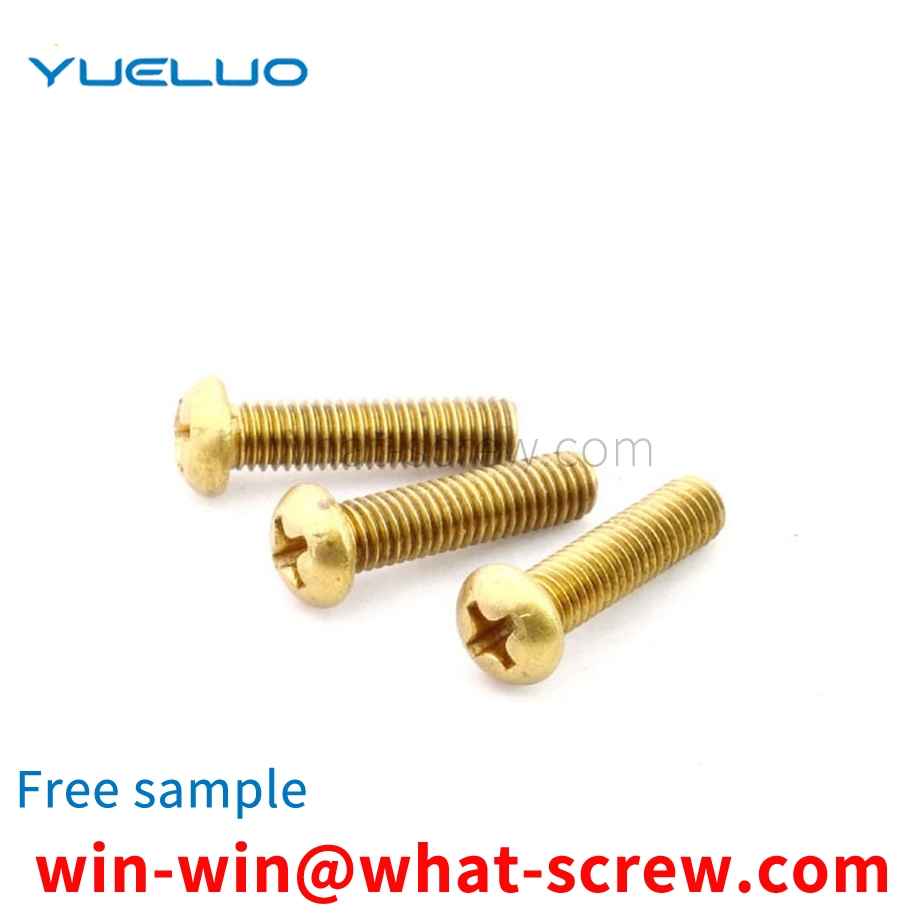
The above content is uploaded by Yueluo or the Internet. If there is any copyright issue, please contact [email protected].

What is the tolerance range of precision screws?

How to choose the right stainless steel screw manufacturer?

Why is there an R angle under the head of the hexagon head s...
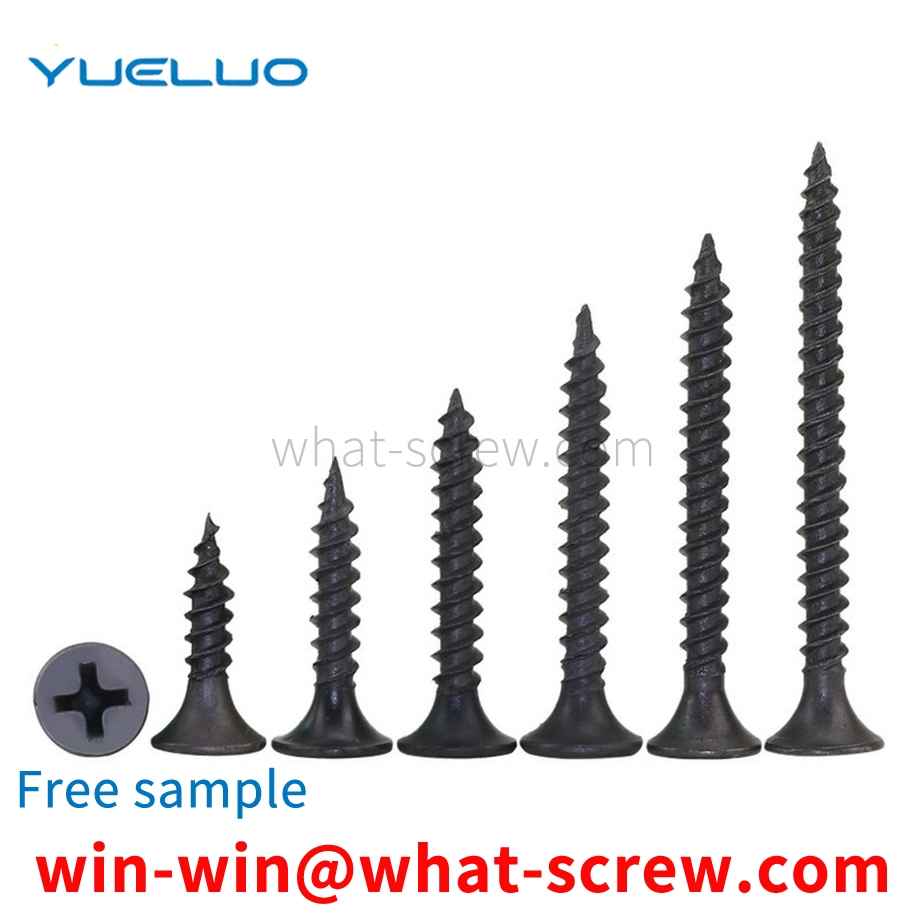
We have more than ten years of production experience in the ...
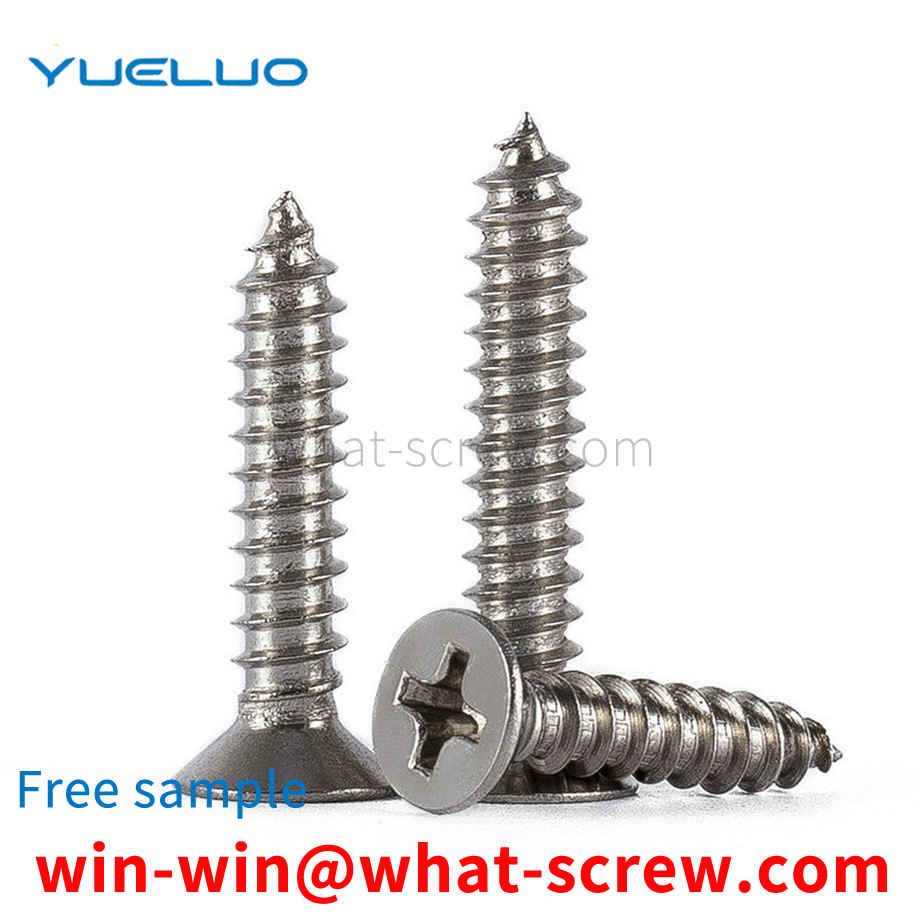
We have more than ten years of production experience in the ...

We have more than ten years of experience in screw industry ...

We have more than ten years of experience in screw industry ...